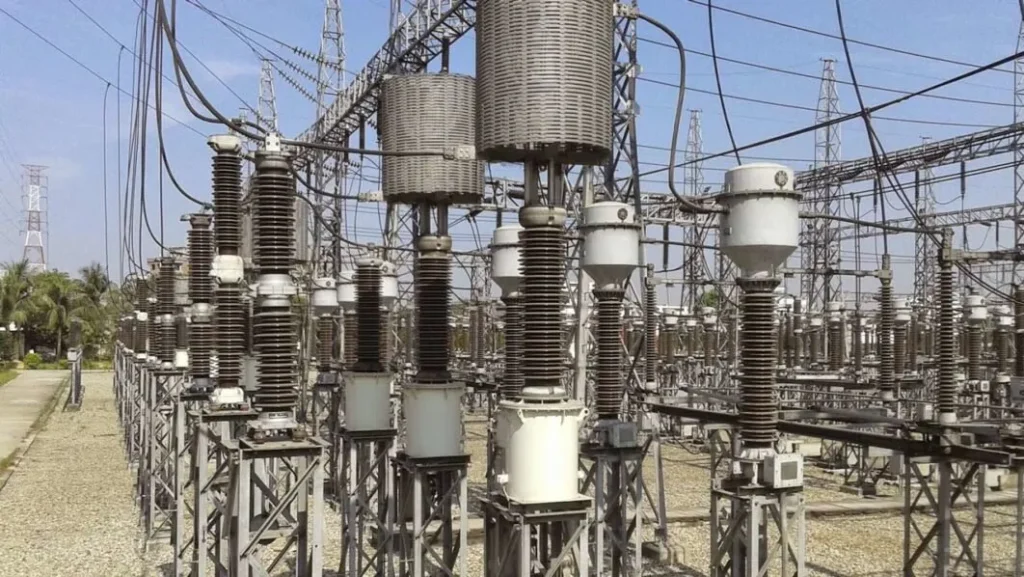The Nigerian Electricity Regulatory Commission has revealed a factsheet on its operational performance for September.
PUNCH Online reported that for the third time in one week, the national grid collapsed again on Saturday.
The NERC said Saturday’s grid collapse was a result of a current transformer explosion.
Despite the huge investment in the power sector, the national grid collapsed about 105 times under the administrations of President Bola Tinubu and his predecessor, Muhammadu Buhari.
NERC, on Monday via its X, revealed a factsheet on its operational performance for September.
It read, “This factsheet contains operational performance data of grid-connected power plants for September 2024. For additional information, reports, NERC Orders and Regulations, visit our website.”
The infamous episodes of grid collapse are a reminder of the challenges Nigeria faces in stabilising its power supply.
However, a closer look at recent data provided by the Nigerian Electricity Regulatory Commission for September 2024 paints a picture that is not all bleak.
There are evident gains in power generation, but also areas in dire need of attention.
The factsheet provides an in-depth operational performance assessment, revealing key insights into the state of energy generation, grid performance, and the reliability of power plants across the country.
28 plants, mixed outcomes
According to the report, Nigeria’s power generation comes from 28 grid-connected plants, achieving a 41 per cent plant availability factor, representing a 5 per cent improvement compared to the previous month.
The average available capacity stands at 5,533 MW, reflecting a 14 per cent increase.
This is a promising sign of improvement, showing that the country’s plants are gradually producing more energy, moving towards bridging the supply-demand gap.
However, despite this, Nigeria’s power plants generated an average of 4,492 MWh/h in September, an 8 per cent increase from the previous month.
This growth is crucial but remains inadequate when compared to the population’s energy demand.
For context, the plant availability factor, a key indicator of how often these plants are operational, varies dramatically across the board.
The largest contributor to the grid, Egbin ST, recorded a 45 per cent availability factor, while the most efficient, Azura IPP, operated at a staggering 98 per cent capacity availability.
Top performers vs. underpers
The report highlights Azura IPP, Odukpani, and Afam VI as top performers with availability factors of 98, 98, and 74 per cent respectively.
These plants consistently generated high amounts of energy, with Azura IPP producing 387 MWh/h and Odukpani contributing 348 MWh/h.
On the other end of the spectrum, power plants like Sapele ST, Geregu NIPP, and Olorunsogo NIPP struggled significantly.
For example, Sapele ST had an availability factor of only 17 per cent, raising questions about its operational efficiency and the reasons behind its consistently low output.
One of the alarming revelations is the situation at Alaoji NIPP, which posted a 0 per cent availability factor. The plant did not generate any power, contributing nothing to the grid.
This, unfortunately, is reflective of broader inefficiencies within the power sector, where large-scale investments in plants do not always translate to sustained energy output.
Nigeria’s reliance on fossil fuel-based plants is evident, and with such volatility in performance, it is clear that diversifying the energy mix would provide a more sustainable solution.
Grid performance
According to the report, Nigeria’s grid performance shows a mixed bag of results.
The grid frequency—a crucial metric that ensures a balance between electricity supply and demand—was largely stable, with an actual frequency of 50.80 Hz, just 1 per cent above the target of 50.25 Hz.
This level of consistency is vital in preventing grid failures and ensuring a steady flow of electricity to consumers. Nonetheless, grid voltage experienced significant fluctuations.
With a recorded 349.87 kV, the voltage deviated 1 per cent higher than the upper target and 3 per cent lower than the lower threshold of 313.50 kV.
Voltage instability is one of the leading factors behind the frequent outages in Nigeria and can lead to damaging electrical equipment across industries and households.
Other grid-connected plants
Aside from the leading energy producers, a number of grid-connected plants showed underwhelming performance.
For example, Afam IV – V, with an installed capacity of 726 MW, only generated 63 MW on average, operating at a mere 9 per cent plant availability factor.
This is in stark contrast to the expectations from such a large installation.
Moreover, Ibom Power and Omoku plants, despite their 28 per cent and 37 per cent availability factors, were able to achieve 62 per cent and 100 per cent load factors, respectively, meaning they made the most of their available capacity.
This again reflects that capacity is available but frequently underutilised due to operational inefficiencies.
Load factor, grid stability
Interestingly, the factsheet points out the load factor, which gives insights into how effectively the available capacity is being utilised.
